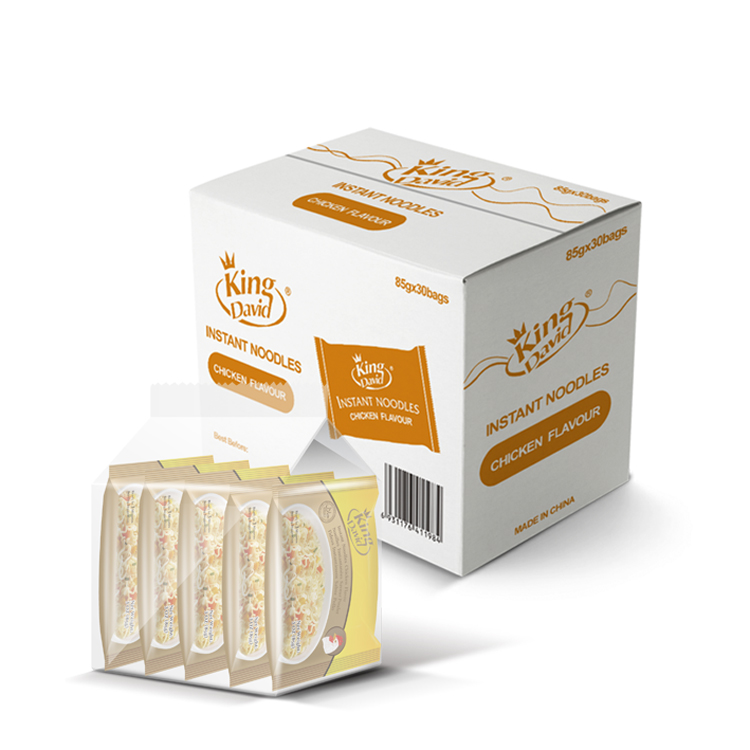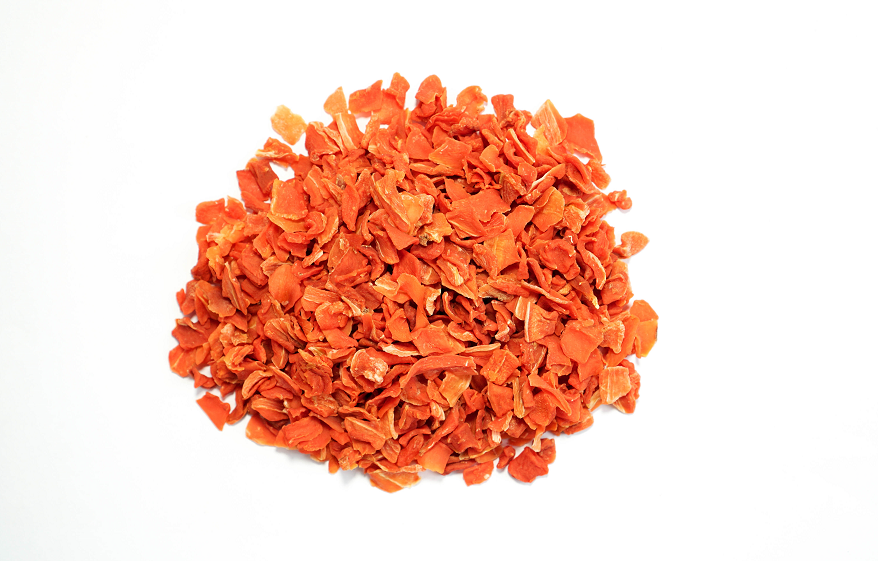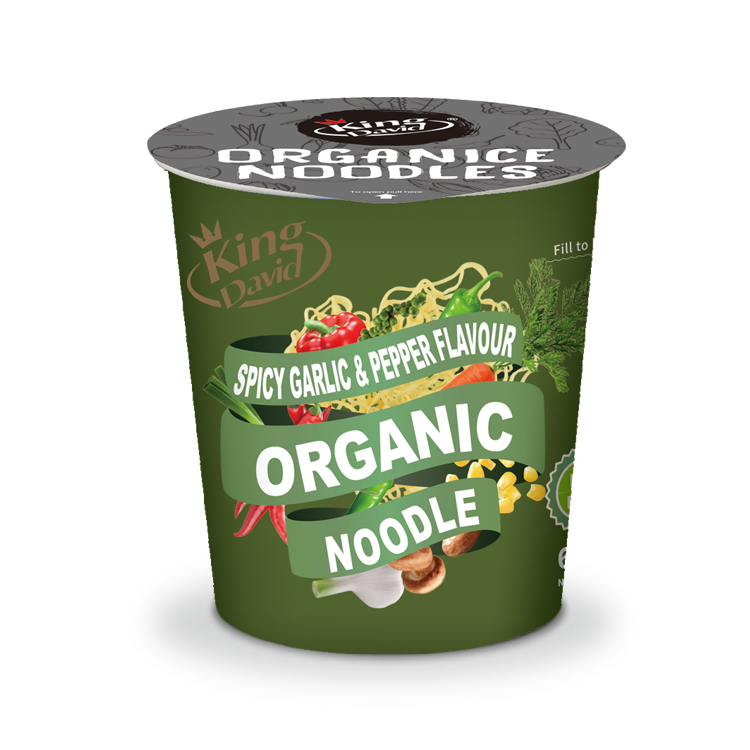Noodles are a beloved staple food across the globe, with various forms and preparations that cater to diverse tastes and cultural preferences. Among the many types of noodles, cup noodles and regular noodles stand out due to their convenience and versatility. Noodles are a beloved staple food around the world, with various forms and preparations catering to diverse tastes and cultral preferences.
What Are Cup Noodles?
Cup noodles, commonly known as quick noodles, are pre-cooked and dried noodles packaged in a cup or bowl. They are designed for quick and easy preparation with just hot water. Invented by Momofuku Ando of Nissin Foods in 1971, cup noodles have become a global phenomenon due to their convenience and affordability.
What Are Regular Noodles?
Regular noodles refer to a broad category of noodles that require cooking before consumption. These may include fresh or dried noodles manufactured from wheat, rice, or buckwheat. Regular noodles are used in a wide range of dishes, from Italian pasta to Asian stir-fries and soups.

Differences Between Cup Noodles and Regular Noodles
Preparation and Convenience
Cup Noodles
Preparation: Cup noodles are incredibly easy to prepare. They only require hot water to be poured into the cup, and after a few minutes, they are ready to eat.
Convenience: Cup noodles are a popular choice for quick dinners due to their portability and ease of preparation, particularly among individuals with hectic schedules or limited cooking facilities.
Regular Noodles
Preparation: Regular noodles typically require boiling in water, which involves more time and effort compared to cup noodles. Some may also need additional steps such as stir-frying or baking.
Convenience: Regular noodles, while not as convenient as cup noodles, are more versatile in terms of cooking methods and ingredients.
Taste and Texture
Cup Noodles
Taste: Cup noodles often come with pre-packaged seasoning and dehydrated vegetables or meats. The taste is generally consistent but can be perceived as less fresh compared to regular noodles.
Texture: The texture of cup noodles can be softer and less firm due to the pre-cooking and drying process. Some folks find them less filling than freshly cooked noodles.

Regular Noodles
Taste: Regular noodles can be personalized with different sauces, spices, and fresh ingredients, resulting in a more variety and perhaps higher-quality taste experience.
Texture: The texture of regular noodles can vary widely depending on the type and cooking method. Freshly cooked noodles often have a firmer and more satisfying bite.
Nutritional Value
Cup Noodles
Nutritional Content: Cup noodles are often criticized for their high sodium content and lack of essential nutrients. They are usually low in protein, fiber, vitamins, and minerals.
Health Considerations: Because of their high sodium and preservative content, regular intake of cup noodles can lead to health problems such as high blood pressure, heart disease, and metabolic syndrome.
Regular Noodles
Nutritional Content: The nutritional value of regular noodles can vary significantly based on the ingredients and preparation method. Whole grain or vegetable-based noodles can offer more fiber, vitamins, and minerals.
Health Considerations: Regular noodles can be part of a balanced diet when combined with healthy ingredients like vegetables, lean proteins, and healthy fats.

Cultural Significance
Cup Noodles
Global Popularity: Cup noodles have a universal appeal and are consumed worldwide. They are particularly popular in countries like Japan, South Korea, and the United States.
Cultural Impact: Cup noodles have become a symbol of convenience food and are often associated with student life, travel, and emergency food supplies.
Regular Noodles
Cultural Diversity: Regular noodles are integral to many culinary traditions, from Italian pasta to Chinese hand-pulled noodles. Each culture has its own noodle meals that include local ingredients and cooking methods.
Culinary Art: The preparation of regular noodles can be a form of culinary art, with techniques such as hand-pulling or rolling that requires skill and practice.
Conclusion
While both cup noodles and regular noodles have their unique attributes and appeal, they cater to different needs and preferences. Cup noodles offer unmatched convenience and are ideal for quick meals, while regular noodles provide a richer culinary experience with more nutritional benefits and cultural significance. As a leading noodle factory, KINGDAVID is ideal for you. We also devoted to offer a wide range of noodles including air dried noodles, organic noodles, whole wheat noodles, etc. Please feel free to contact us for more product details today!





